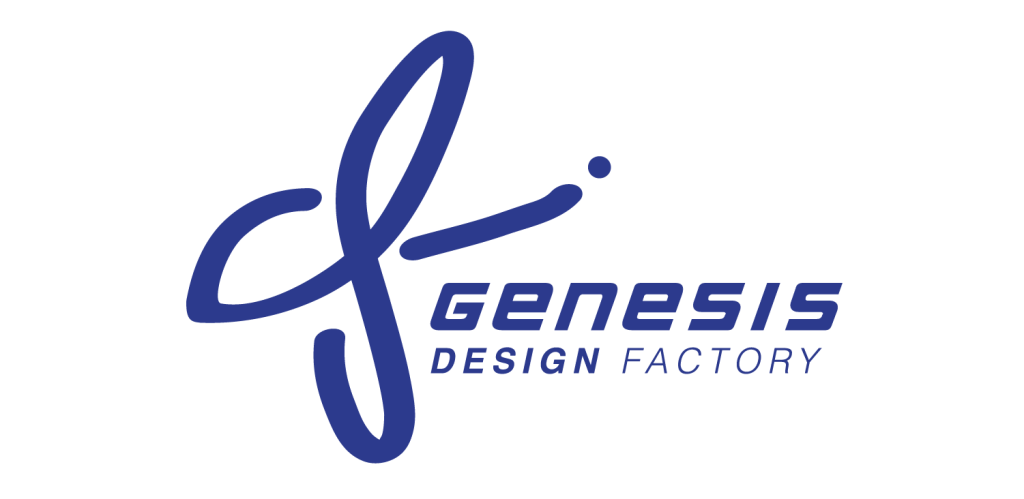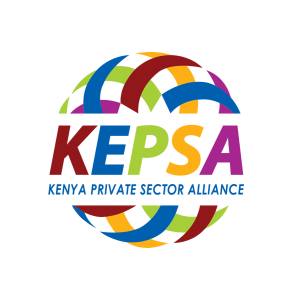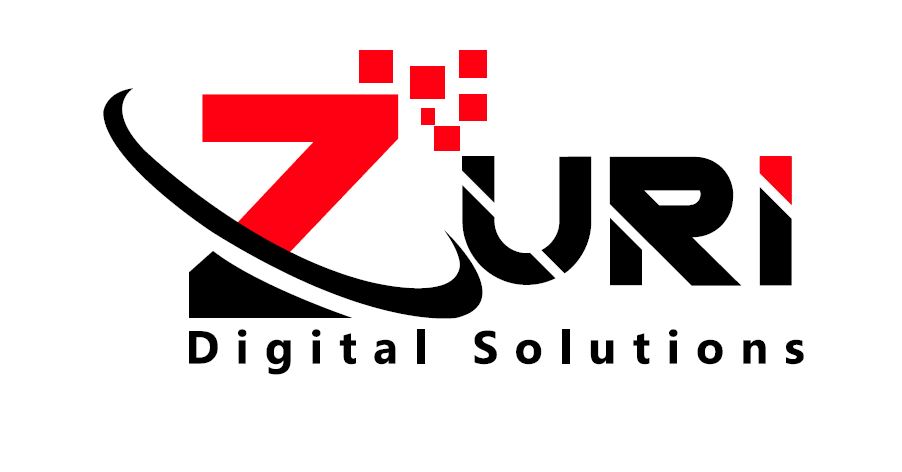The Art of Employee Engagement: Strategies for a Motivated Team
The success of a business depends on many variables. But what’s becoming more important to companies is employees. A motivated and engaged workforce can drive organizational productivity, innovation, and overall success.
And it goes beyond the traditional employer-employee relationship. It is about creating a fulfilling and inspiring work environment that fosters commitment, builds passion, and unlocks the full potential of team members.
Employee engagement is a complex craft that demands the right blend of strategy, inspiring leadership, and empathy. So, how can managers, entrepreneurs, and HR professionals accomplish this?
The article below delves into the principles of employee engagement and the strategies for nurturing a motivated team. We start with the definition of employee engagement and its importance.
What is Employee Engagement?
Employee engagement is an employee’s emotional commitment to the company and its goals. It does not mean employee satisfaction or happiness. Instead, it means that the worker actually cares about their work and company.
Their motivations go beyond the next promotion or paycheck, and it is instead about contributing to the company. Engaged employees usually lead to better business outcomes, translating to higher service, increased sales, and other benefits.
Factors Influencing Employee Engagement
Employee engagement is a complex concept influenced by various factors within the workplace. Understanding these factors is crucial to improving and maintaining high levels of engagement among team members. They include:
Communication
Effective communication is the pillar of all employee engagement. Employees feel more connected to the organization when the company keeps communication open, clear, and frequent. They clearly understand expectations and can express their thoughts and concerns. Feedback helps employees identify their strengths and improve areas for continuous growth, while two-way communication ensures opinions are heard and valued.
Rewards and Recognition
Establishing programs that celebrate achievements and milestones helps to boost morale and motivation. In addition, recognizing that different employees have different motivations shows thoughtfulness toward the workers. Rewards reinforce positive behaviors and motivation among employees.
Leadership or Management
Leaders or managers have a profound impact on employee engagement. Effective leadership helps inspire and motivate employees. In contrast, poor leadership can trigger employee dissatisfaction.
When managers lead by example, it sets a powerful example and fosters engagement. In addition, involving employees in decision-making and giving them a chance to contribute to the company’s success can enhance engagement.
Company Culture
A positive, inclusive, and diverse company culture can be vital for creating a work environment where employees develop a sense of purpose and belonging.
Managers should develop clear core values and mission statements to help employees understand and relate to the organization’s purpose. In addition, inclusive and diverse cultures encourage contribution and sharing of perspectives for a more engaged workforce.
Strategies for Fostering Employee Engagement
So, how can employers and managers foster and sustain employee engagement? The following are key strategies and best practices to help cultivate a motivated and engaged team within the organization:
Recognize and Reward Achievements
Rewards and recognition can significantly help with employee engagement and thus create a motivated team. The first step is creating employee recognition programs to celebrate achievements and contributions.
A simple yet effective rewards program is ‘Employee of the Month,’ which can boost morale by recognizing exceptional performance every month. An alternative is peer recognition, which encourages employees to appreciate and recognize each other’s efforts.
Managers need to realize that employees enjoy different types of rewards. Therefore, managers should offer intrinsic and extrinsic rewards to match the employee best.
Build a Culture of Open Communication
Employers should create an environment where seamless communication flows throughout the organization. It demands regular team meetings, one-on-one sessions, and platforms for chain updates, challenges, and sharing ideas.
Adopting digital tools such as messaging apps, group communication platforms, and email can facilitate easy and quick communication.
Constructive feedback is also a key part of effective communication, so managers should schedule regular performance evaluations to discuss set goals and discuss progress. Anonymous feedback channels can also help workers voice concerns and suggestions without fear of retaliation.
Nurture a Positive Company Culture
Creating a good company culture takes time and consistent effort. Managers can start by communicating the company’s core values regularly. It will help employees understand how they align with their work.
Employers can also show employees how their daily efforts contribute to achieving the company’s goals.
A leader is also responsible for promoting an inclusive and diverse culture. Diversity and inclusion training can help raise awareness and promote respectful employee interactions.
In addition, HR staff can contribute by diversifying hiring practices to accommodate different perspectives and experiences.
Offer Development and Growth Opportunities
Providing employees with chances to enhance their skills and advance their careers can help them feel more connected to the company’s missions. So, HR should set up training and skill enhancement programs to help employees grow in their roles.
In addition, employers can set up in-house mentorship programs to help junior employees set career goals and plans. Finally, leaders can set up opportunities for advancement within the organization.
Lead By Example
Before leaders can implement any of these strategies, they should be role models for the desired attitude and behaviors. Therefore, managers must demonstrate the work ethic and values they expect from subordinates.
In addition, they should adopt an accessible and approachable leadership style so employees can feel comfortable sharing their thoughts and concerns.
Another way leadership can contribute to employee engagement is by allowing them to take ownership and contribute to their success. Managers can also establish forums for employees to share ideas that can benefit the organization.
Fostering a Motivated and Thriving Team
Employee engagement is a fundamental pillar of success. A motivated and engaged workforce can drive productivity, innovation, and overall organizational success. So, managers must create an environment where commitment, passion, and full potential thrive.
To foster and sustain employee engagement, managers, leaders, and HR professionals should adopt effective strategies like those mentioned above.
But even as they implement these plans, it is important to remember that the path to achieving optimum levels of employee engagement is an ongoing journey that demands commitment and consistent effort.

























